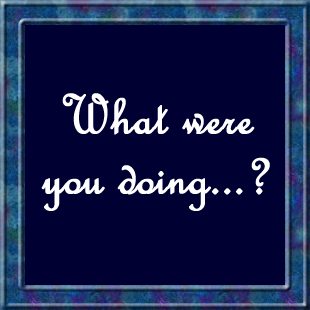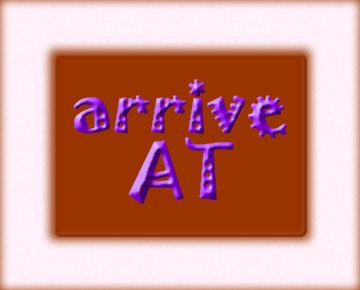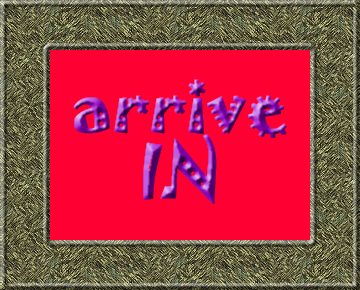1. Paco was wearing casual clothes
Do you remember that the Present Continuous tense is formed with the Present of to be plus the present participle (-ing)1 of the main verb?
That being so, can you guess how the Past Continuous tense is formed?
1 If you want to remember how suffix -ing is added to bare infinitives to form the present participles and gerunds of verbs, click here.
Listen to the following song, Jealous Guy, by John Lennon and pay attention to all the Past Continuous tenses he uses.
The Past Continuous is used to refer to an action that was in progress at a specific moment in the past (e.g. Paco was wearing casual clothes when he talked to the receptionist). Watch the following videos to perfectly understand it!
|
|
|
 |
Complete the blanks with a suitable verb from the box in the Past Continuous tense.
| walk queue come have do wear |
1. What (you) when I phoned yesterday?, Sonia asked.
2. Paco a drink at 10 p.m yesterday.
3. When he saw the sign, Paco along the street.
4. The receptionist and Paco completely different clothes.
5. The receptionist called Paco's attention when he out of the hotel.
6. When he arrived at the museum, a lot of people to buy tickets.
arrive at/in
The verb to arrive is very frequently used in English. Lots of students use it with the wrong preposition, to. This preposition can never be used with this verb. We can use two different prepositions after the verb to arrive: at and in. But, what's the difference between them? Click on the pictures to study the difference and learn a couple of synonyms of this verb.


